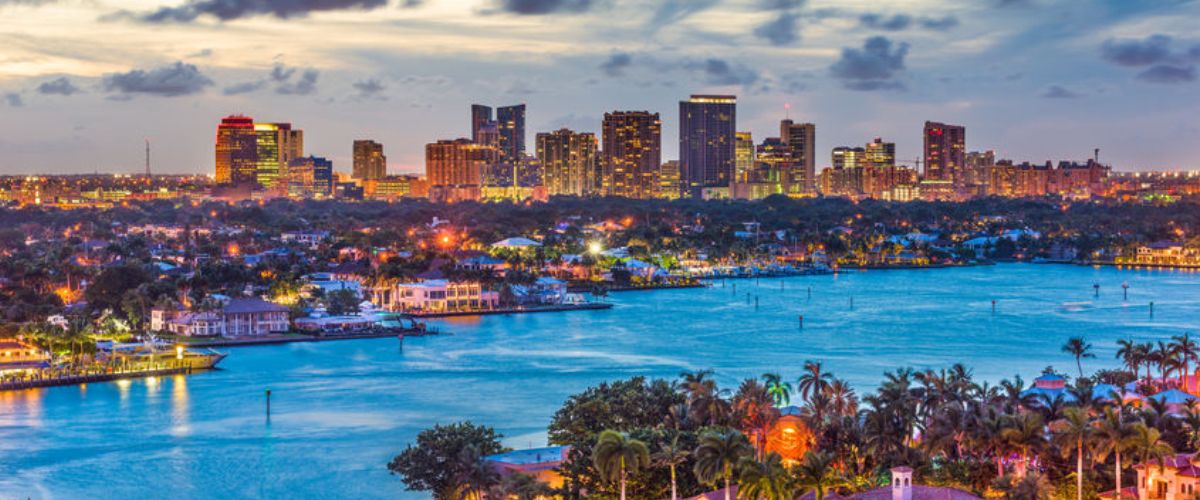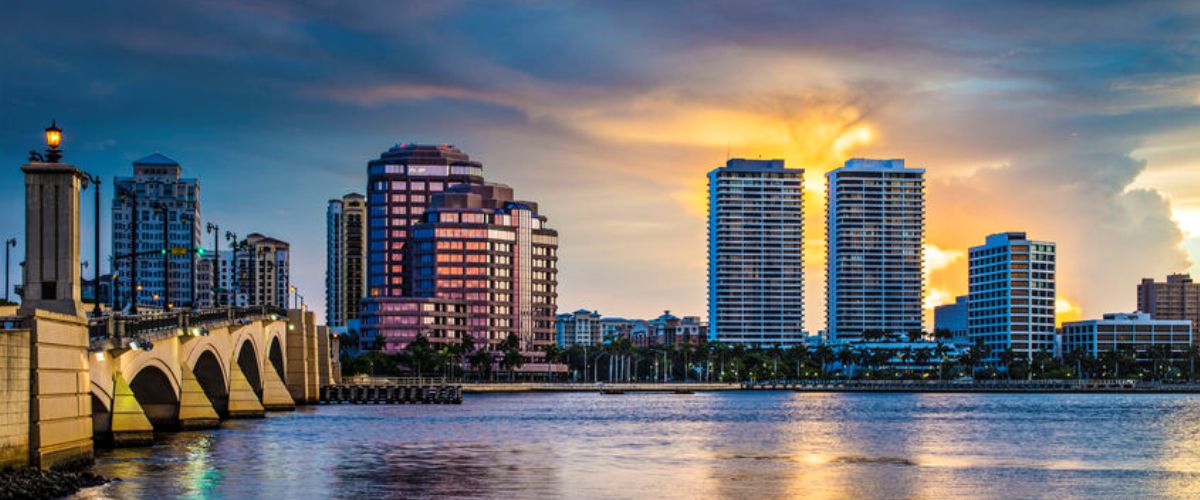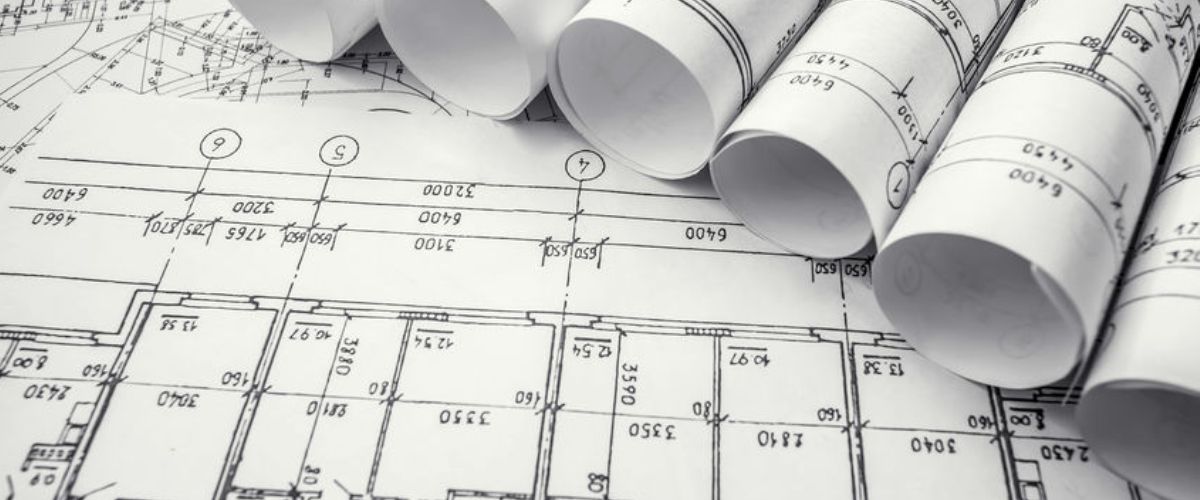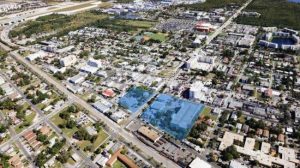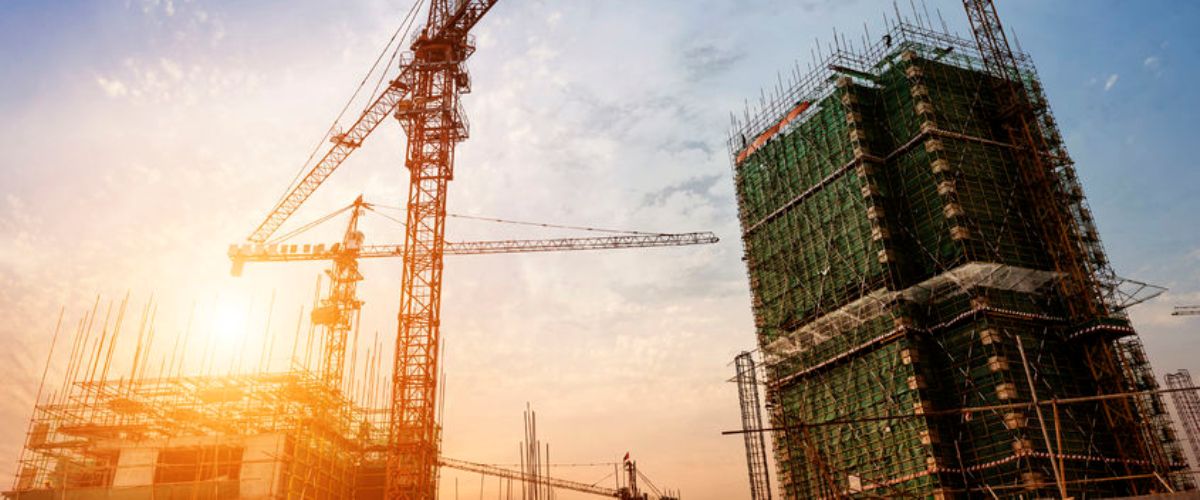Developer Jeff Greene is moving forward with a four-building, 352-apartment complex that looks across Clear Lake reservoir toward the West Palm Beach skyline. But wait — that’s not all.
Greene, who owns probably more West Palm Beach property than anyone, and who long has drawn city criticism for holding off on construction, says he has pushed the launch button not just on Clear Lake Estates but on several projects in and around the city.
Among them:
– One West Palm, a two-tower, hotel/office/apartment complex downtown at 550 Quadrille Blvd., whose groundbreaking was last month, is scheduled for completion in the first half of 2021.
– A Westgate neighborhood apartment complex, off Congress Avenue north of Belvedere Road, is in the permit process.
– An industrial project off Jog Road, south of Okeechobee Boulevard, is a few weeks from construction.
– He hopes to start a refrigerated distribution center for McArthur Dairy off Florida Mango Road in 30 days. That would allow McArthur to move from its current location on Flamingo Road, where the developer plans to expand his Greene School and build indoor tennis courts.
– A residential complex overlooking Currie Park, with the city’s tallest towers, could be under construction in 12 to 18 months, depending on permitting and the city’s ability to more forward renovating the park.
Housing Affordability A Growing Challenge
The city commission gave initial approval Monday to site plan changes to will allow Clear Lake Estates to rise on the 11-acre site of the scuttled Sail Boat Club project, just across the water from downtown. A vote on final approval is expected as soon as May 20.
Greene said in an interview that another nearby apartment complex he built four years ago, Cameron Estates, is so fully leased it indicates the market is ripe for the Clear Lake project. He’s getting rough construction cost estimates now and would start building as soon as possible, with city approvals. As planned, the project is short 106 parking spaces of the 721 required, so in exchange for a waiver on that requirement, Greene has offered to contribute to transit alternatives.
He would build a waterfront walking and bike trail on the property’s lakefront, and a publicly accessible path linking that trail to Executive Center Drive, or pay the city $158,000 to do the work, by the end of 2020. That work would create a non-vehicular connection between the Palm Beach Outlets, Okeechobee Boulevard and downtown. The developer also agreed to install a PalmTran bus shelter on Executive Center Drive.
At Monday’s city commission meeting, commissioner Cory Neering asked planning officials whether they would require Greene to include workforce housing in the project. Housing affordability has been a growing challenge as the city works to attract companies and their employees downtown. Neering was told the city could broach that issue with the developer over the two weeks before the final approval vote.
But Greene told The Palm Beach Post the site, which he bought in 2015 for $17 million, was too expensive to offer subsidized, below-market rents.
“This building, with the cost of construction and rents will just barely make it” financially, Greene said. “It only works for someone like me, who builds it for what it’s worth when its done. The rents just aren’t high enough and construction costs have gone up so much. The problem is, I can build it if I just make a return on investment, make cash flow, like owning a bond. But if I had to sell it to make a profit, there’s not enough there,” In short, he concluded, “if you try to have any kind of reduced rents, it would probably kill the project.”
No Tenants Yet For One West Palm
One West Palm, its foundation finally under construction, also faces challenges. The project, which Greene announced several years ago and got city approval for two years ago, has yet to line up a tenant for its 209,000 square feet of Class A office space.
Meanwhile, The Related Cos. is coming out of the ground with a competing downtown office tower, 360 Rosemary, to be completed about the same time, next to Rosemary Square (the renamed CityPlace development).
And the city’s Community Redevelopment Agency this week approved a letter of intent for developer Charles Cohen to build an office tower as big as 490,000 square feet, on the ‘tent site’ at the corner of Okeechobee Boulevard and Dixie Highway. Greene, who owns the former Opera Place lot just north of the tent site, where he could develop as much as 1 million square feet, said that despite the current shortage of Class A space, he doubts there are enough tenants out there now to fill three or more buildings.
All the construction comes at a time of sustained growth in the city, which counts $3 billion of substantive projects in its development pipeline and has been challenged for solutions to the traffic that inevitably will generate. These include highrise residences off N Flager Drive in the North End, a sprawling Anchor Site mixed-use development and Currie Park redevelopment on opposite ends of Northwood Road, the renovation of the 1930’s-era Sunset Lounge in the Historic Northwest, a rebuilt golf course and tennis center in the south end, a Drive Shack indoor golf entertainment center and Mitsubishi dealership near the airport, condo towers on S Flagler Drive, and a possible doubling in size of the county convention center, just to name a handful.
Of course, not all proposed projects get built. Greene has tabled a number, himself. His Opera place site has remained vacant for years. He dropped a micro-apartment building a block from Clematis Street and tabled a residential project on Clematis, after commissioning drawings by the same high-profile firm that designed One West Palm, Miami’s Arquitectonica. For the 20 acres he owns around the Currie Park waterfront, he has hired an even higher-profile firm, the Switzerland-based Herzog & de Meuron, designers of the Beijing Olympics’ Bird’s Nest stadium, but that’s another site he’s been talking about for a long time that remains vacant land.
Despite complaints from city officials or neighbors of his vacant sites, the Palm Beach billionaire gets construction cost estimates, does the math and only moves forward when the numbers add up to a profit, particularly since he’s generally not using other people’s money but his own.
At One West Palm, he waited on the market, held off while the city politicked zoning changes that benefited a competitor and he took time off for a run for governor. Now he’s done the numbers again and they add up to a worst-case scenario in which he makes only a little money, and best-case in which he makes a lot, he said. So, the cranes are in place.
Meanwhile, seeing occupancy stabilize at Cameron Estates at a healthy 95-97 percent, the numbers told him that despite construction costs trending high amid the building boom, Clear Lake Estates stood a good chance at success.
Source: Palm Beach Daily News


